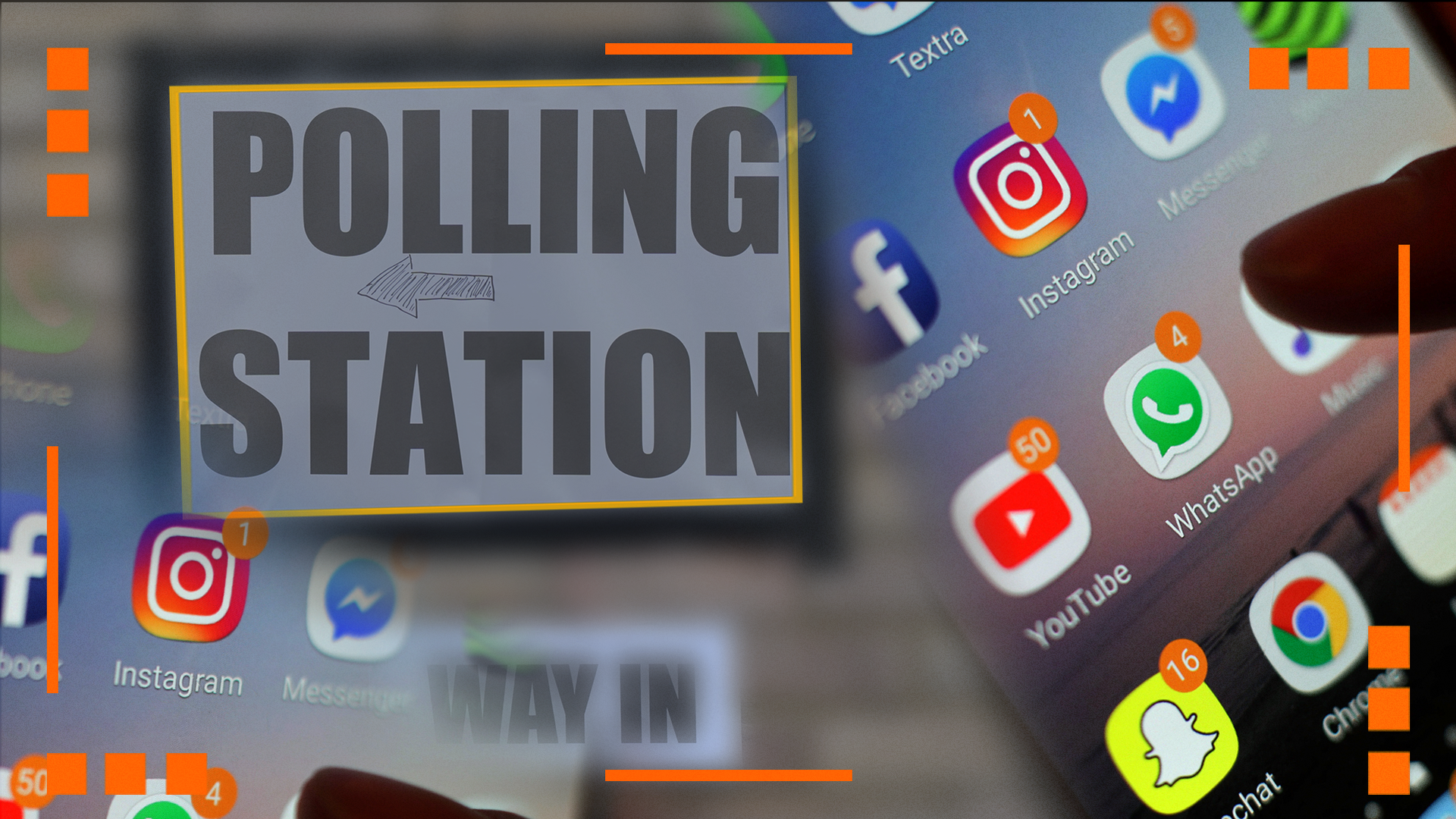As the country heads towards a general election, political parties have been competing through social media to get their messages to the public.
As the country heads towards a general election, political parties have been competing through social media to get their messages to the public.
Sky News tracked the performance of the six highest polling parties across X (formerly Twitter), Instagram, TikTok and Facebook to see how the race for online audiences is shaping up in the early days of the election campaign.
X (Formerly Twitter)
Using the social media monitoring tool SocialBlade, Sky News tracked the number of followers across each of the parties’ accounts on X (formerly Twitter).
Over the last 30 days, Reform UK saw the largest increase in the number of users following its official account, which rose by over 11,000.
The Labour Party performed similarly, ending the period with 9,366 additional followers. The Conservatives achieved less than half of this increase, netting 4,379.
The SNP performed the least well over this timeframe, ending with 159 new followers.
While Reform performed best on the platform in the last 30 days, this has done little to shift the overall picture. In terms of total number of followers, Labour sits at just over 1,020,000 followers, followed by the Conservative Party at 623,731.
General Election 2024: A Sky News leaders’ special event live from Grimsby
Reform UK pulls to within two points of Tories in latest YouGov poll
Vaughan Gething: Wales’s first minister loses confidence vote
The four remaining parties are relatively neck and neck on the platform, all sitting at around roughly a third of Labour’s total.
On Instagram, Labour’s lead is less pronounced. Currently, the party sits at just under 295,000 followers to the Conservative Party’s 207,795.
Of the six parties, the Liberal Democrats have the smallest following on the platform, with just under 44,000 users.
Over the last 30 days, Labour has performed relatively strongly on the platform, increasing their number of followers by over 20,600. The next biggest increase was achieved by the Green Party, followed by Reform, the Liberal Democrats, the Conservatives, and SNP respectively.
TikTok
TikTok rounds the number of followers displayed on an account down to the nearest milestone. The increments displayed vary as the number of followers an account has increased.
While less data is available for TikTok, the Labour Party’s recently launched account had the most followers, with over 165,900.
Reform, which unlike Labour and the Conservatives has had an official TikTok presence since 2022, had the second largest following, at over 141,000.
The Conservative Party, which also recently launched its account on the platform, had less than a third of Labour’s following, at over 51,700 users.
Of the six highest polling parties, the Liberal Democrats had the least followers on TikTok.
TikTok allows users to view how many times a page’s posts have been liked by users. Of the six parties, Labour came out on top attracting more than 3.6 million likes on its posts. Across all its content, Reform has the second-highest total, with over 1.4 million likes.
On Facebook, Labour has the largest audience, with more than 1,069,000 users following its official page. The Conservative Party has the second-largest following, at more than 752,000.
In the last 30 days, Reform UK has had the biggest jump in number of followers, ending the period with an audience more than 12,000 users larger.
Compared to their total number of followers, the gains of the parties were modest in this time. The SNP was an outlier, ending the period with just over 400 fewer followers on Facebook.
What these numbers tell us
On the state of the race on social media, Kate Dommett, professor of digital politics at the University of Sheffield, said “Across all four platforms the Conservatives are at a disadvantage to Labour, with just over 900,000 fewer followers.”
On the significance of this, Dommett said while it was “no guarantee of success,” this disparity places the Conservatives at “an apparent disadvantage when it comes to communicating with electors.”
On the performance of Reform UK specifically, Dommett noted the party “is punching above its weight on many platforms” by attracting a competitive number of followers compared to more established parties.




